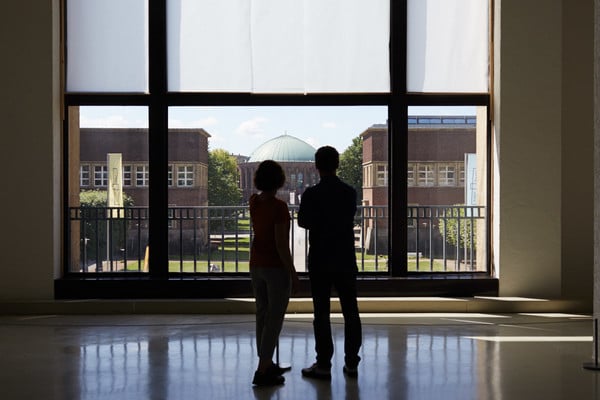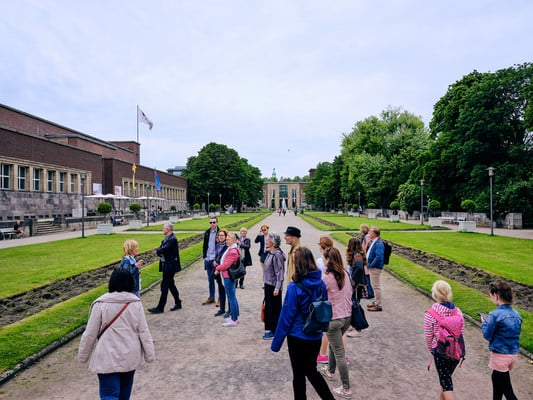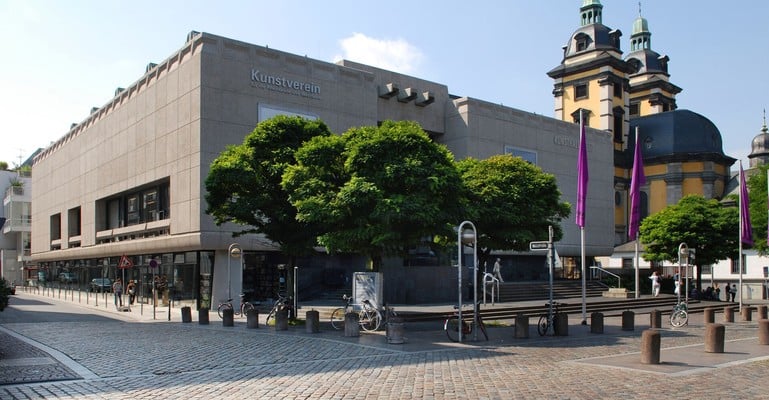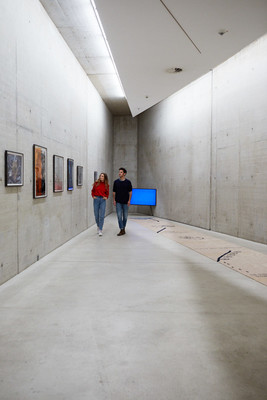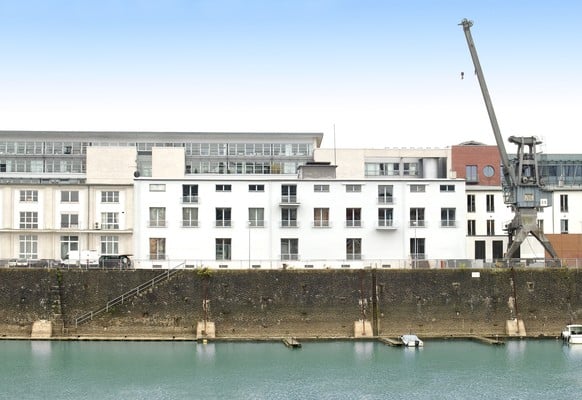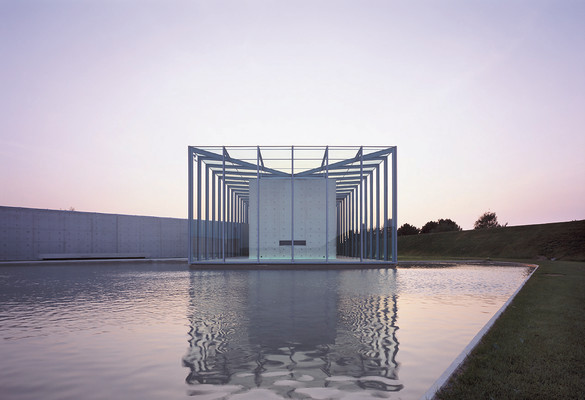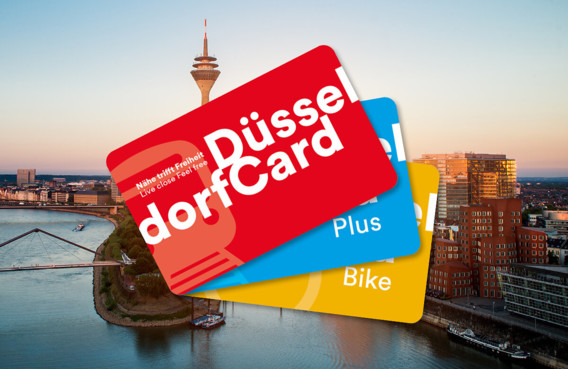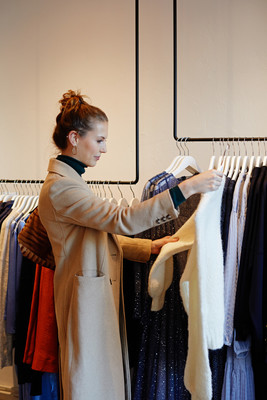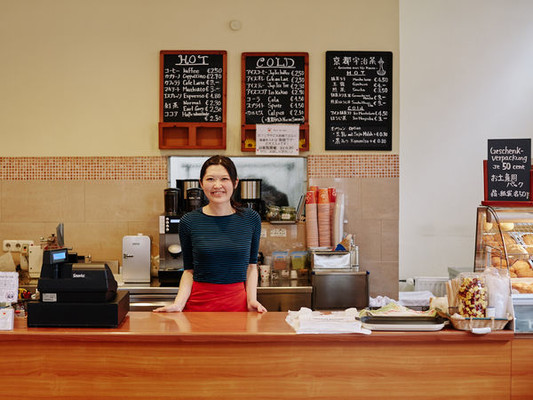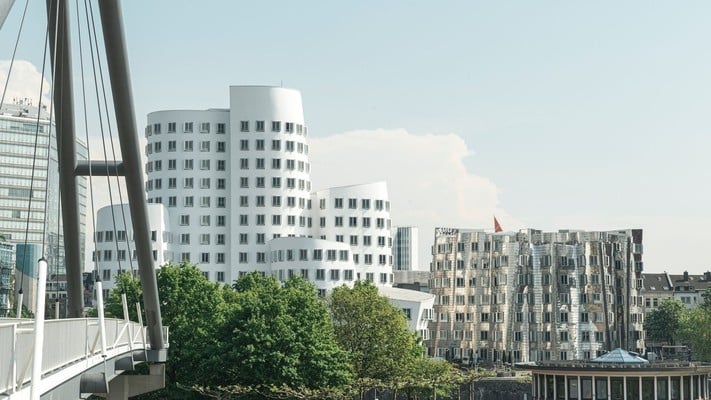Between Rhine, Kunstakademie and Hofgarten
Museums and exhibitions
in Düsseldorf
An astonishing wealth of art is on display in Düsseldorf in a relatively small area. Numerous museums and galleries – all within walking distance of the Rhine and Hofgarten – provide for extraordinary art experiences all year round.
Apart from the works of both young and established contemporary artists, there are also modernist works to discover. In summer, the inner courtyard of Ehrenhof is a sought-after spot for many museum visitors. Düsseldorf’s Kunstakademie is the heart and soul of the city. Illustrious artists, the likes of Joseph Beuys, Sigmar Polke, Jörg Immendorff, Gerhard Richter, Andreas Gursky or Katharina Fritsch, have always studied and taught here, and today Düsseldorf’s world-class standing as an art city still rests on the Kunstakademie. The academy opens its doors to the public twice a year when students show their new work. The fact that art can be found on every street corner in Düsseldorf is also down to Joseph Beuys who came to fame with felt and fat. Beuys, who was a Kunstakademie professor from 1961 to 1972, provoked with his works and ideas. The law suit about the “fat corner” which a janitor had mopped away is famous. He left the city a mantra that continues to shape it today: “Everybody is an artist.”
Useful Information
Museums & exhibitions in Düsseldorf
The Kunstakademie has produced many artists who have achieved world fame. Professors such as Gerhard Richter or Joseph Beuys were influential teachers. The “Düsseldorfer Fotoschule” founded by Bernd and Hilla Becher has been particularly inspiring. Its best known members include Thomas Ruff, Thomas Struth – and Andreas Gursky. His 1999 work “Rhine II” is considered to be the world’s most expensive photograph. At the time it sold at an auction in New York for 3.1 million euros.
Colourfully eye-catching, it stands behind the glistening black Kunstsammlung K20 building on Grabbeplatz. The wall-length mosaic created by British-American artist Sarah Morris for Paul-Klee-Platz is called “Hornet”. The glazed coloured tiles are frequently photographed.
Kunsthalle, a typical example of brutalist architecture, stands opposite K20. It was made from prefabricated concrete sections. Here’s a little-known fact: you can see world-famous open-air action art there for free. Discover Joseph Beuys’ black stovepipe that protrudes from the Kunsthalle’s façade. Beuys was one of the most vehement critics of the architectural style and wanted the museum to be able to breathe in fresh air.
Housed in the Ehrenhof, the Kunstpalast is a vibrant art space. The paintings, graphic art, sculptures and glass objects in the collection range from the ancient world to the 21st century. Sometimes we need a different perspective to understand art properly. The video work “Fish Flies on Sky” by Nam June Paik is applied in mosaic style to the ceiling and is best appreciated when lying down. That’s not a problem with the gigantic comfy couch.
The path leads from the “Düsseldorf School of Painting” of the 19th century to Paul Klee, the “ZERO” artists Heinz Mack, Otto Piene and Günther Uecker, and the great photographers of the Becher School right up to the present day.


